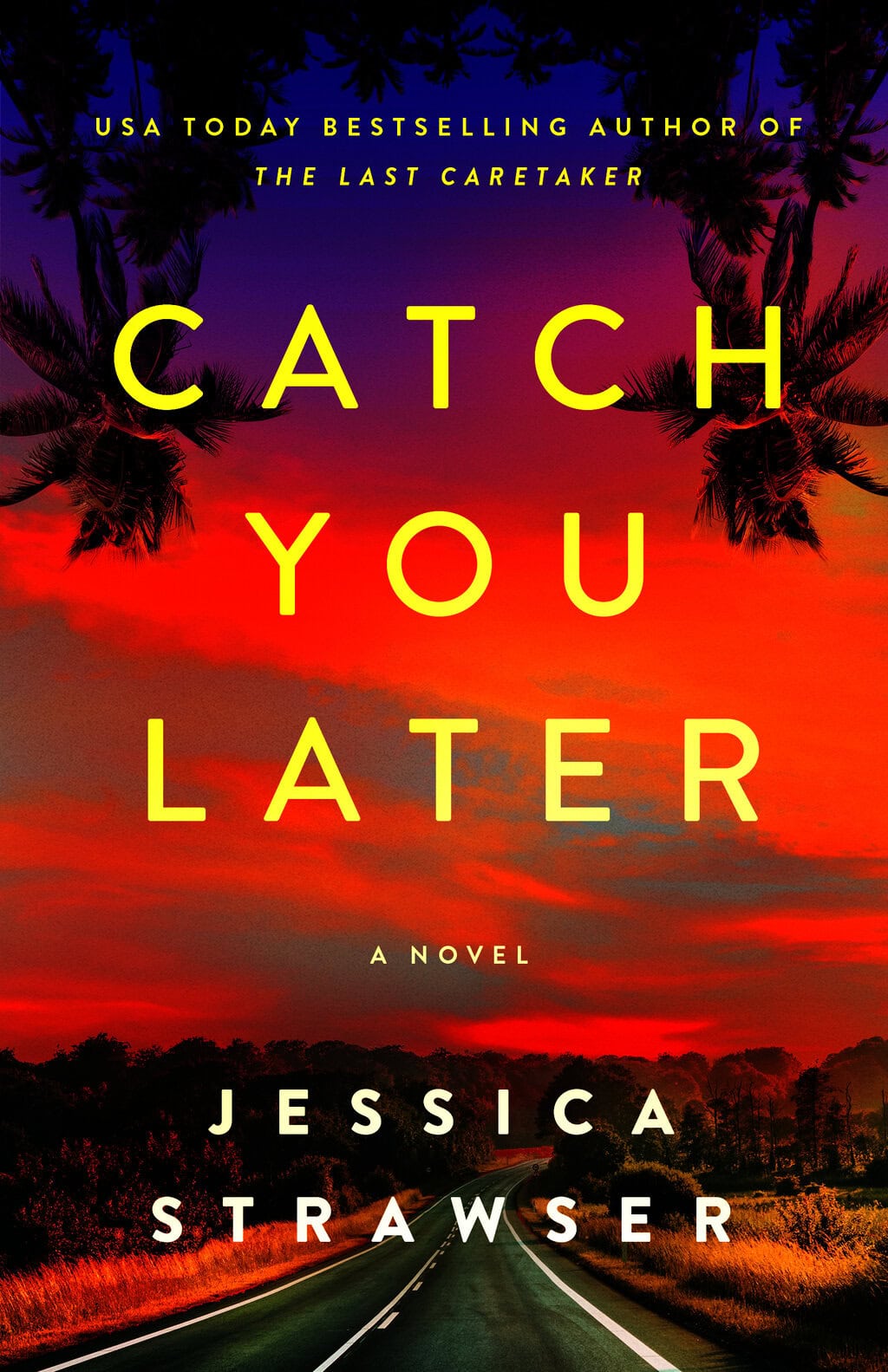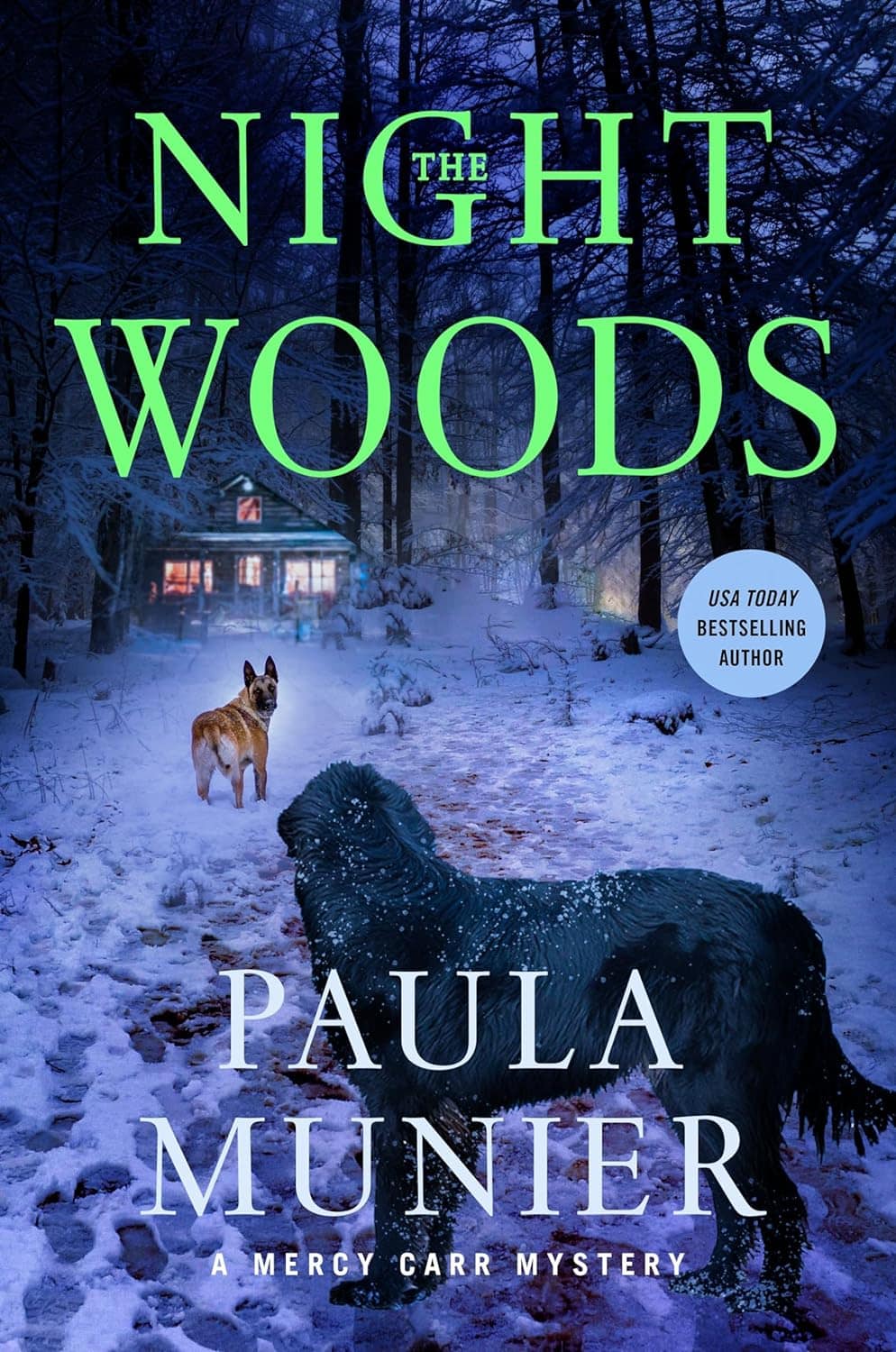Details matter. Meticulous formatting signals competence to discerning readers—like literary agents and acquiring book editors. You may be telling a great story, but proficiency in punctuation and grammar conveys seriousness about the craft of writing. With the major book publishers based in hard-edged Manhattan, you’ve got a tough crowd to please.
Not unlike the comma, the em dash causes consternation and confusion among writers. One reason is this punctuation mark’s versatility. As you will see below, an em dash can accomplish any number of tasks in a sentence.
Another confusing factor about this beloved dash is its resemblance to other dashes: the en dash and the hyphen. Much could be written about these lesser dashes, but I’ll do my best to quickly dispense with them.
En dash
You get an em dash by typing two dashes in a row (—). The similar-sounding en dash uses just one (–). Theoretically, the two marks’ widths indicate the widths of an M and N.
Spanning concepts
En dashes often indicate a range of numbers or dates.
Consult the New York City travel guide pages 1–12.
The 2017–2018 summers were the metropolis’ hottest yet.
An en dash may signify conflict, connection or direction.
The rich–poor divide
The L.A–New York flight
The Hudson River runs north–south.
En dash nerd territory
Maybe you don’t want to get this far into the weeds, but more uncommonly an en dash can be used in complex compound adjectives. If part of an adjective phrase is already a compound phrase (“Tony Award”) and there’s even more added to it (“winning”), use an en dash.
Hamilton is a Tony Award–winning musical.
Hyphen
A hyphen (-) is shrimpier than an en dash (–) and does a different job. Most keyboards don’t distinguish between the two, so even though there is actually a physical difference, don’t sweat it if they look the same when you type them out.
Hyphens connect more than one word that represents a single concept or thing.
funny-smelling
devil-may-care
eye-opener
Recommended usage varies with style books. What’s connected with hyphens (anti-fascist) and what’s not (antiseptic) is truly screwy. When in doubt, consult a dictionary.
Em dash
Emily Dickinson’s use of em dashes is well known. Using dashes, she wrote, was “to strike with violence so as to break into fragments; to drive impetuously forth or out, cause to rush together; to affect or qualify with an element of a different strain thrown into it; to destroy, ruin, confound, bring to nothing, frustrate, spoil…”
She went nuts with em dashes, so much so that later editors of her poems sometimes replaced them with staid commas—perhaps diluting her exuberant intent. Indeed, the sprightly em dash may often be swapped with less dramatic commas or parenthesis.
Adding emphasis
An em dash can be the pause that refreshes. Before a related phrase, you might want readers to momentarily stop and take notice.
The city’s least-worst airport is LaGuardia—also a nightmare.
The fisherman squinted at his catch from the East River—and three eyes looked back at him.
Em dashes commonly bracket a parenthetical phrase.
Use of this horizonal pause may add color and drama.
Manhattan rents—worse than you imagine—are kept secret from family members living elsewhere.
On Chinatown’s Doyers Street—the site of a 1905 Tong war massacre—was a downstairs restaurant with the most amazing Sweet and Smelly Soup.
As with the two sentences above, non-essential material bracketed by em dashes can be eliminated from a sentence while maintaining its integrity.
The light-footed jewel thief—spotted jumping from my roof—was chased by two uniformed cops.
The light-footed jewel thief was chased by two uniformed cops. (No em dash or parenthetical.)
Interruption
An em dash may signify an abrupt break—in dialogue or thought or even sentence structure.
Before being interrupted, he said, “If I can make it there—”
“Are you trying to tell me”—he was shaking his head—“that jaywalking is illegal?”
Disjointedness
Here’s where it gets arty. Em dashes might signpost disconnection within stream-of-consciousness prose, dialogue or poetry.
“Look at the incredible sunset—hey, what’s that guy in the window doing?—shouldn’t he close his curtains?”
Riding the clickety-clackity Coney Island Cyclone—remembering the Beat poets—dizzy—light-headed—it was easy to imagine my death.
Generally, you’re not supposed to use more than two em dashes in a sentence, but the rules don’t apply when you’re getting creative like Emily D.
Mind the gap
When formatting, don’t put spaces before or after em dashes (though some misguided style guides disagree).
WRONG: Manhattan — an island off the coast of North America — never sleeps.
RIGHT: Manhattan—an island off the coast of North America—never sleeps.
What would The New Yorker do?
Using em dashes in sentences may add flair, fun, emphasis or rhythm. But like other feel-good drugs, they may be addictive and should be used with discretion.
Says Strunk and White, “Use a dash only when a more common mark of punctuation seems inadequate.” However, modern prose—online and elsewhere—is cluttered with em dashes, prompting a backlash from em dash opponents.
These punctuation cranks may have a point. The cunning em dash is all too commonplace. I suggest not using more than one in a paragraph. For optimal effect, be conservative throughout any given text. With overuse, they can—like semicolons—become noticeable and wearisome.
When employing em dashes, consider if their usage is lazy or inhibiting more efficient writing.
If you can make your point more clearly—with less interruption and fewer words—should you?
If you can make your point more clearly, should you?
More disciplined sentences—free of em dashes—might be recommended for clarity and brevity, but of course lyrical Emily Dickinson would counsel otherwise.
What punctuation mark (or marks) do you find particularly vexing? Let us know on Facebook.





